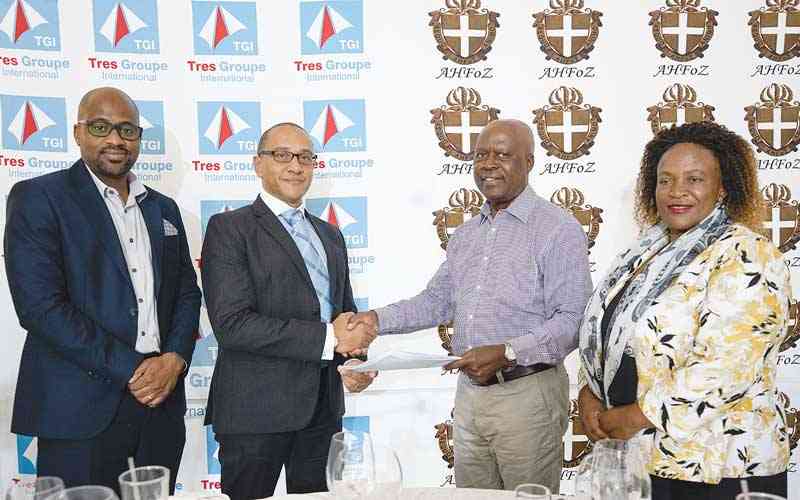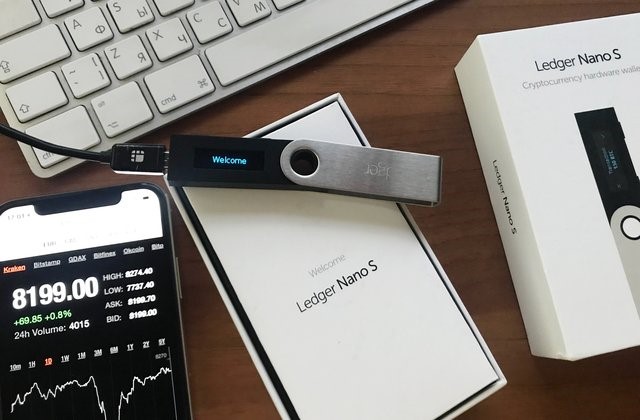
THE Minerals Marketing Corporation of Zimbabwe (MMCZ) witnessed an 11% decline in mineral sales to US$1,39 billion during the first half of the year, despite a 27% increase in volumes.
The drop was attributed to a subdued ferrochrome market.
The drop comes amid a turbulent global commodity market, with only gold seeing record price adjustments. Other minerals have not fared well as geopolitical tensions and trade wars continue to limit the industry.
“From January to June 2025, the corporation facilitated the sale of 2 385 613 metric tonnes (MT) of minerals, valued at US$1,397 billion. This represents a 27% increase in volume compared to the same period in 2024 (1 885 781MT), though total value saw an 11% decrease from US$1,563 billion,” MMCZ general manager Nomsa Moyo said in its first half 2025 report.
“The decline in overall sales value was primarily attributed to a subdued ferrochrome market, impacted by reduced activity in the downstream stainless steel industry.”
However, she anticipates an increase in ferrochrome sales in the second half of 2025, driven by new production capacities and a stabilising market.
“Platinum group metals also continued to face weak prices during this period, while gold prices maintained a positive trend with minimal adverse effect,” Moyo said.
MMCZ noted a significant development for the platinum sector with the launch of Inoveo Platinum, a new alloy comprising 95% pure platinum.
- I don’t have depth: Bosso coach
- In defence of Trevor Ncube
- Fluidity, collusion: The new PR & communication philosophy
- Business opinion: Managing brand content online
Keep Reading
Developed by the World Platinum Investment Council to address design and manufacturing challenges, this innovation is expected to transform platinum jewellery design and manufacturing, potentially marking a tipping point for increased platinum offerings in the market.
“Limited inland logistic capacity, heavily reliant on road transport, continues to impede the efficient movement of materials to market,” Moyo said.
“This also places local producers at a disadvantage against regional competitors benefiting from superior road and rail infrastructure and port access, particularly impacting coke and coal exports, where freight costs are risking customer churn.”
However, a notable market contradiction was observed in the lithium sector, where prices declined despite a continuous rise in demand for it.
“This trend may indicate technological shifts and underscores the need for increased research by the country’s innovation hubs into the development of more sustainable, lithium-efficient batteries,” Moyo said.
MMCZ is also vigorously pursuing several strategies to curb mineral leakages.
“Collaborative research with the National University of Science and Technology and other higher learning institutions has been commissioned to accurately determine deleterious elements and lithium content in exported ores,” Moyo said.
MMCZ is finalising the launch of a whistle-blowing facility, encouraging all Zimbabweans to report corrupt activities that lead to mineral revenue loss.
“Efforts are also underway to better serve the gemstone sector, which is predominantly characterised by artisanal and small-scale miners,” Moyo said.
To further enhance oversight, MMCZ is in the process of deploying officials to ports of exit to identify and verify mineral parcels being exported.
Once licensed, the corporation also plans to utilise drone technology for enhanced monitoring activities.










